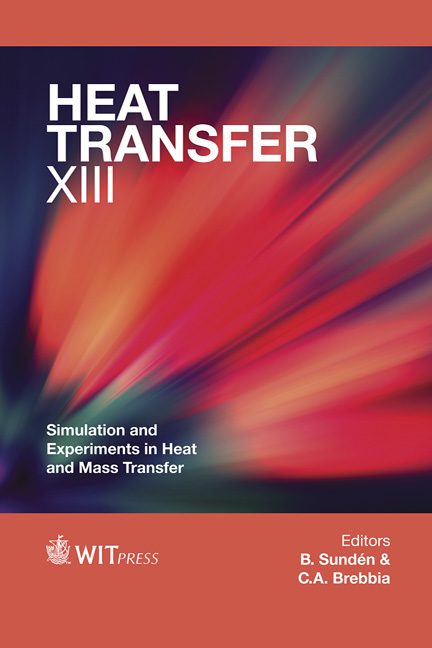Finite Element Analysis Of The Sap Flow Measurement Method With Continuous Needle Heating In The Sapwood Of Trees
Price
Free (open access)
Transaction
Volume
83
Pages
9
Page Range
241 - 249
Published
2014
Size
1,314 kb
Paper DOI
10.2495/HT140221
Copyright
WIT Press
Author(s)
M. Trcala & J. Čermák
Abstract
Water flow represents the biggest energy flow in vegetation which also causes its magnificent climatic effect. From all the water taken up by plants, the majority is transpired, leading to leaf cooling (associated with the heat of vaporization) and only minor amounts of water are consumed by all the other processes (such as photosynthesis transport of assimilates, growth, etc.). The transpiration can be estimated through the measurement of sap flow rates in a tree stem. A series of measurement methods were developed for this purpose and they are mostly based on thermodynamic principles. This paper deals with the numerical analysis of the sap flow measurement method based on the continuous needle heating of a stem segment, the measurement of temperature differences using the thermocouples around the heated domain and sap flow calculation from the temperature differences. An appropriate model of heat transfer in the sapwood of trees is derived and solved. The model is based on a partial differential equation describing conductionconvection heat transfer during continuous linear heating and it is solved by the finite element method. Keywords: heat conduction-convection, sap flow measurement, finite element method, continuous needle heating.
Keywords
heat conduction-convection, sap flow measurement, finite element method, continuous needle heating.





